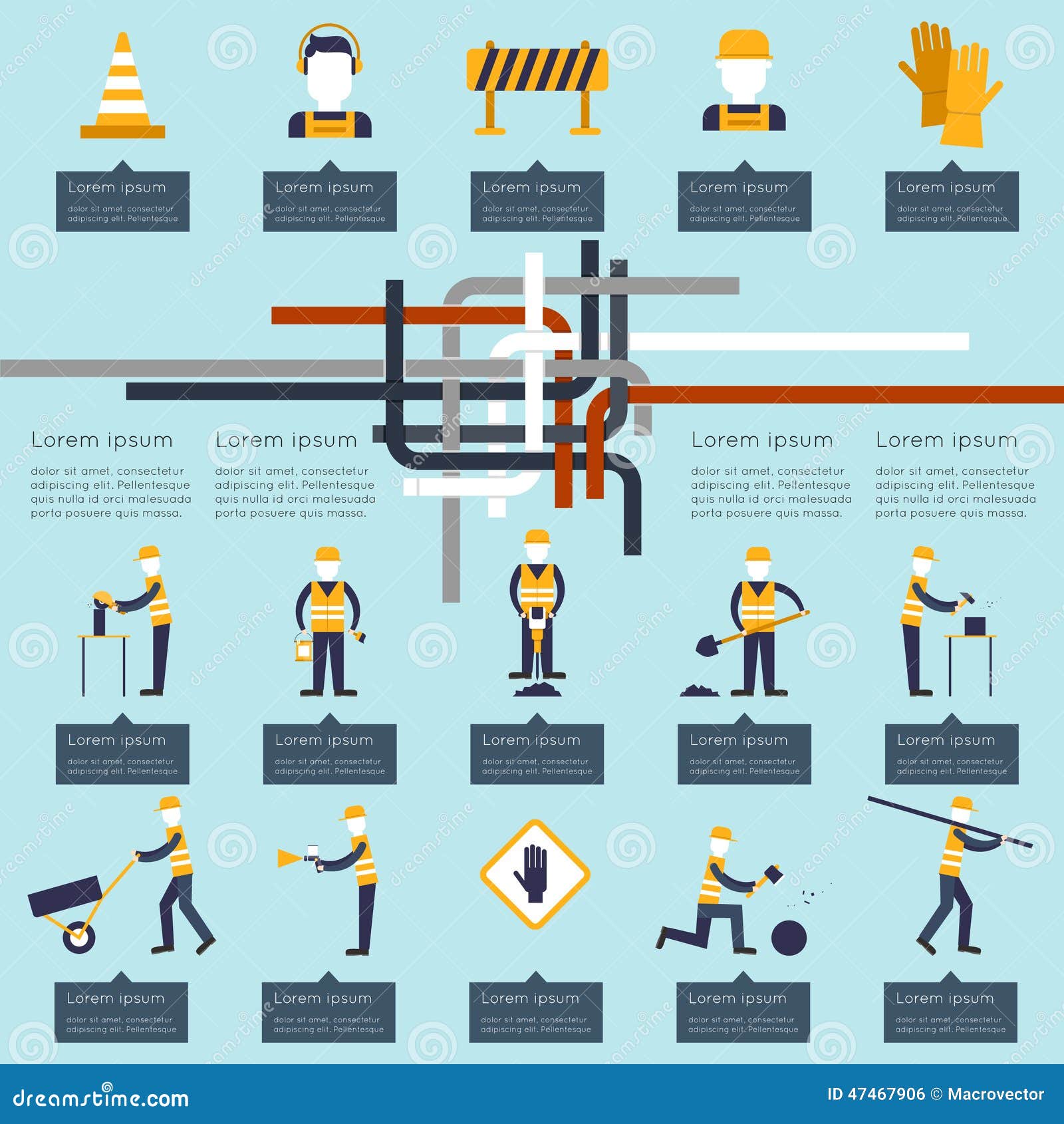Check Out The Effect Of Seasonal Components On The Efficiency Of Commercial Exterior Painting And Recognize The Ideal Times To Attain Enduring Results For Your Job
Check Out The Effect Of Seasonal Components On The Efficiency Of Commercial Exterior Painting And Recognize The Ideal Times To Attain Enduring Results For Your Job
Blog Article
Staff Writer-Aguilar Urquhart
When you're preparing an industrial outside painting project, seasonal elements can make or break your outcomes. You'll wish to think about how temperature and moisture influence paint application and drying out times. Choosing how long is old paint good for can guarantee your paint adheres correctly and lasts much longer. But which seasons are really the best for this sort of job? Let's explore the crucial elements that can influence your job's success.
The Influence of Temperature on Paint Application
When you're planning a business exterior painting project, the temperature level can substantially impact just how well the paint sticks and dries.
Preferably, you wish to paint when temperatures range between 50 ° F and 85 ° F. If it's too cold, the paint might not treat effectively, causing concerns like peeling off or splitting.
On the flip side, if it's too hot, the paint can dry out also rapidly, avoiding appropriate adhesion and leading to an unequal finish.
interior painting services near me must additionally take into consideration the time of day; early morning or late afternoon offers cooler temperature levels, which can be a lot more beneficial.
Constantly check the producer's recommendations for the details paint you're making use of, as they commonly offer support on the optimal temperature level variety for optimal results.
Moisture and Its Effect on Drying Times
Temperature level isn't the only ecological factor that affects your business exterior paint task; humidity plays a considerable role too. High humidity levels can decrease drying times substantially, influencing the total quality of your paint job.
When the air is filled with wetness, the paint takes longer to heal, which can cause concerns like bad adhesion and a greater threat of mildew growth. If you're painting on a specifically humid day, be gotten ready for prolonged delay times in between layers.
It's crucial to monitor regional climate condition and plan as necessary. Preferably, go for humidity degrees between 40% and 70% for ideal drying.
Maintaining these consider mind ensures your job stays on track and supplies a lasting surface.
Best Seasons for Commercial Outside Paint Projects
What's the very best time of year for your business external painting tasks?
Spring and early fall are generally your best choices. Throughout these periods, temperature levels are light, and humidity degrees are usually reduced, producing excellent conditions for paint application and drying out.
Stay clear of summer season's intense heat, which can cause paint to completely dry too quickly, leading to poor attachment and surface. Similarly, winter months's cold temperatures can hinder correct drying out and healing, risking the long life of your paint work.
Aim for days with temperature levels between 50 ° F and 85 ° F for optimum results. Keep in painting house to check the regional weather forecast for rainfall, as wet problems can destroy your task.
Planning around these aspects ensures your painting task runs efficiently and lasts longer.
Conclusion
Finally, preparing your industrial outside painting projects around seasonal considerations can make a considerable distinction in the result. By scheduling work during the optimal temperature levels and humidity levels, you'll make sure much better adhesion and drying out times. Bear in mind to keep an eye on local weather prediction and select the right time of year-- springtime and very early fall are your best choices. Taking these steps will aid you accomplish a resilient and specialist coating that lasts.
